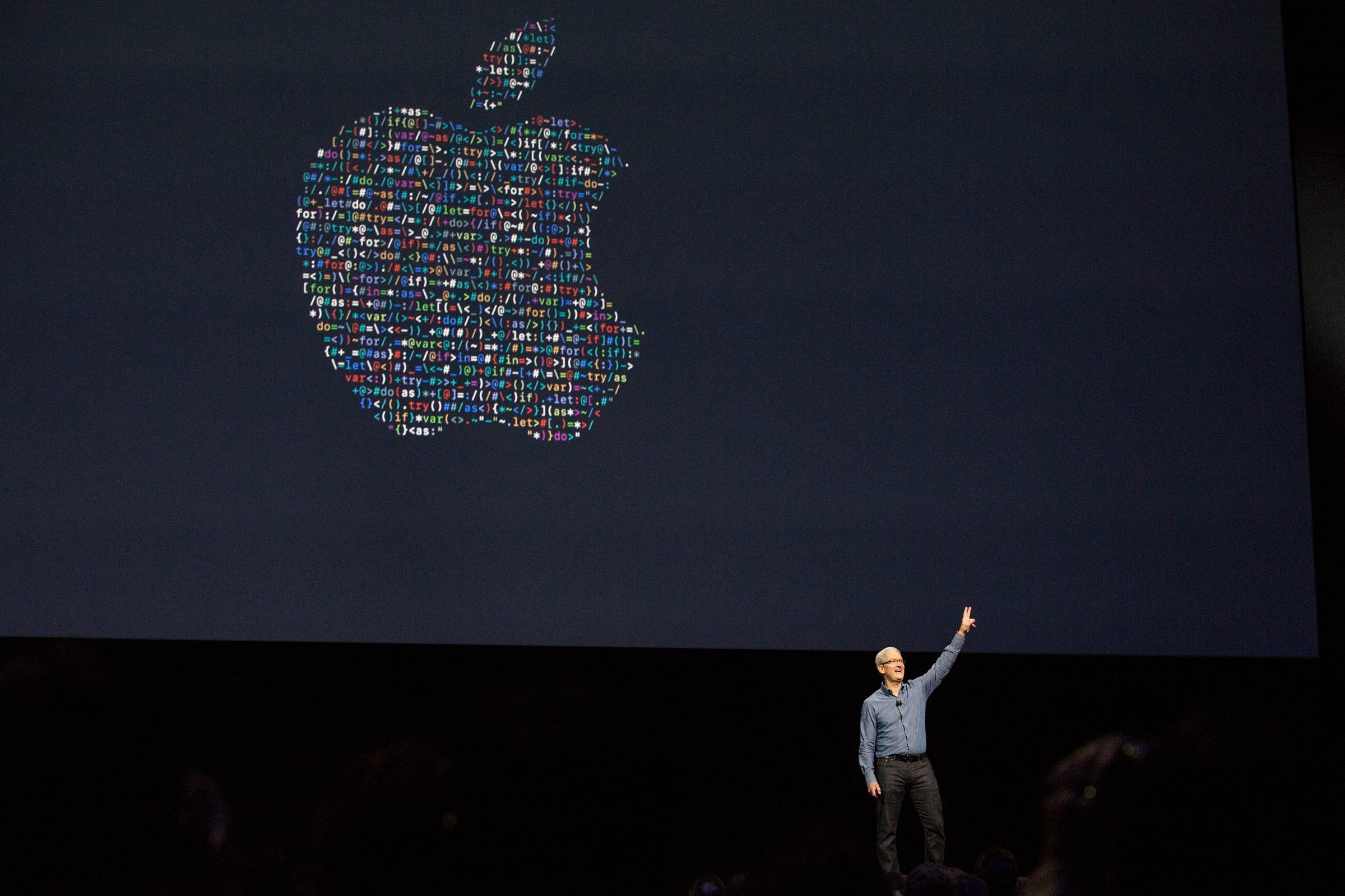
Apple last week reported the second decline in hardware unit sales in the last two quarters. With sales down on iPhones, iPads and Macs, you would think that Apple might be in a panic. Nothing could be farther from the truth. Even with that decline in hardware sales, with combined hardware and services Apple still posted a strong quarter, with $42 billion in revenue and $7.8 billion in new income. It also has close to $250 billion in the bank for use on R&D, company and product acquisitions and other capital expenditures.
But the fact that iPhone sales were down for two quarters in a row is cause for concern. Keep in mind sales of PCs, tablets and smartphones were down for everybody in this last quarter. Still, Apple’s lower iPhone sales are being watched by financial and industry analysts very closely.
The iPhone is still Apple’s biggest source of revenue, making up $24 billion of the $42.4 billion for the third fiscal 2016 quarter. But amazingly, services has nabbed second place, rising 19% to nearly $6 billion in sales, followed by Mac computers at $5.2 billion, the iPad at $4.9 billion and “other” (which includes Apple TV and the Apple Watch) at $2.2 billion. In the last two earnings calls, Apple CEO Tim Cook put a major emphasis on the role of Apple Services in Apple’s overall revenue, saying that Services continue to be a growth engine for the firm.
Services in the latest quarter represented 14% of Apple’s total revenue, up from 10% a year ago. This has been a company dominated by one product — the iPhone — which has represented about two-thirds of revenues. (In the last 12 months, Services have generated $23 billion; Apple made $6 billion in revenue just this last quarter.) But now Services is such a huge chunk of sales, Cook told analysts that he expects the division to “be the size of a Fortune 100 company next year.”
Many observers have suggested that iPhone sales have peaked. Sales for iPhones have fallen in the last two quarters and people are not upgrading as frequently as in the past. I am not sure that is true. While rumors suggest that the new iPhone coming out this fall may not have a significant new design, you can still expect it to have a better screen, better camera, faster processor and possibly more memory and we could even be surprised to see a couple of new features that are not in current models. Also, there are millions whose current carrier contracts expire and may still want to upgrade if this new iPhone has the kind of new features that are a draw. However, there is a lot of scuttlebutt about Apple wanting to wait until the fall of 2017 to launch a completely new iPhone design that would mark the 10th anniversary of the iPhone. If so, a completely new design of the iPhone could drive what some are calling a “super cycle” of iPhone growth again.
Apple last saw a super cycle when it introduced the iPhone 6 two years ago. After keeping screen sizes around 3.5 inches and 4 inches for 6 years, Apple finally introduced an iPhone in 5 inch and 5.5-inch form factors, and sales and demand for iPhones skyrocketed. By the end of the second full year of the iPhone 6 and iPhone 6 Plus being on the market, that holiday quarter of 2015 saw Apple shipping 74 million iPhones which gave the company record profits as well as record unit sales.
Regardless of whether Apple can spur a new super cycle or not, there is no doubt that Apple will continue to advance the iPhone. Each year millions of current and new users will still buy iPhones, adding to the overall base of users who can tap into Apple’s growing services business. But there is one other factor that also bodes well for Apple’s future.
People are also using iPhones more and more each day and staying longer when using Apple’s apps and services. This is one of the reasons Apple is bullish on the future and knows that the services business will only grow. It knows that once you have an iPhone you become hooked on Apple’s ecosystem of apps and services.
Apple has now sold over 1 billion iPhones and has hundreds of millions of users of iPads and Macs. With a universe that large, when people are tied to an Apple ecosystem where everything works together, they are more likely to buy more things that are part of Apple’s Services offerings.
Apple also has other products that could still help it grow as well as help boost its hardware and services earnings. Apple TV is still a work in progress, as is the Apple Watch. There’s also the rumored car project. Add to that the fact that Cook says there are many new products in the pipeline that people have not even written about, and you have an Apple that has reason not be in a panic, but rather is looking at quite steady if not spectacular new growth in the next five years.
More Must-Reads from TIME
- Donald Trump Is TIME's 2024 Person of the Year
- Why We Chose Trump as Person of the Year
- Is Intermittent Fasting Good or Bad for You?
- The 100 Must-Read Books of 2024
- The 20 Best Christmas TV Episodes
- Column: If Optimism Feels Ridiculous Now, Try Hope
- The Future of Climate Action Is Trade Policy
- Merle Bombardieri Is Helping People Make the Baby Decision
Contact us at letters@time.com